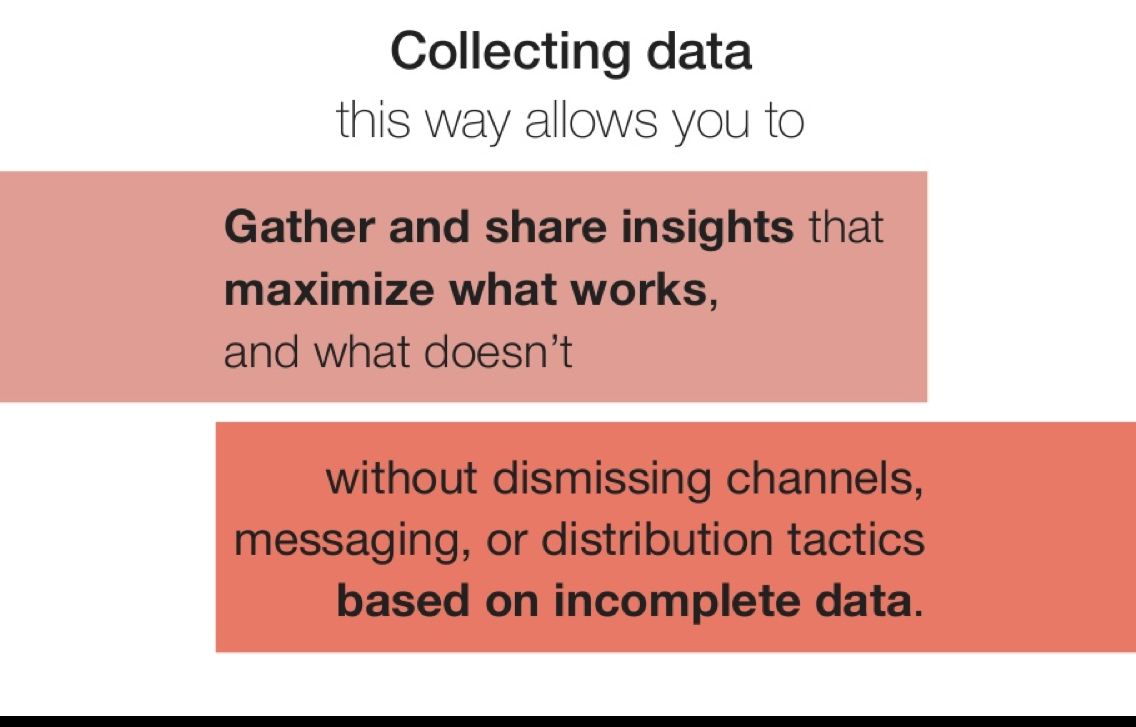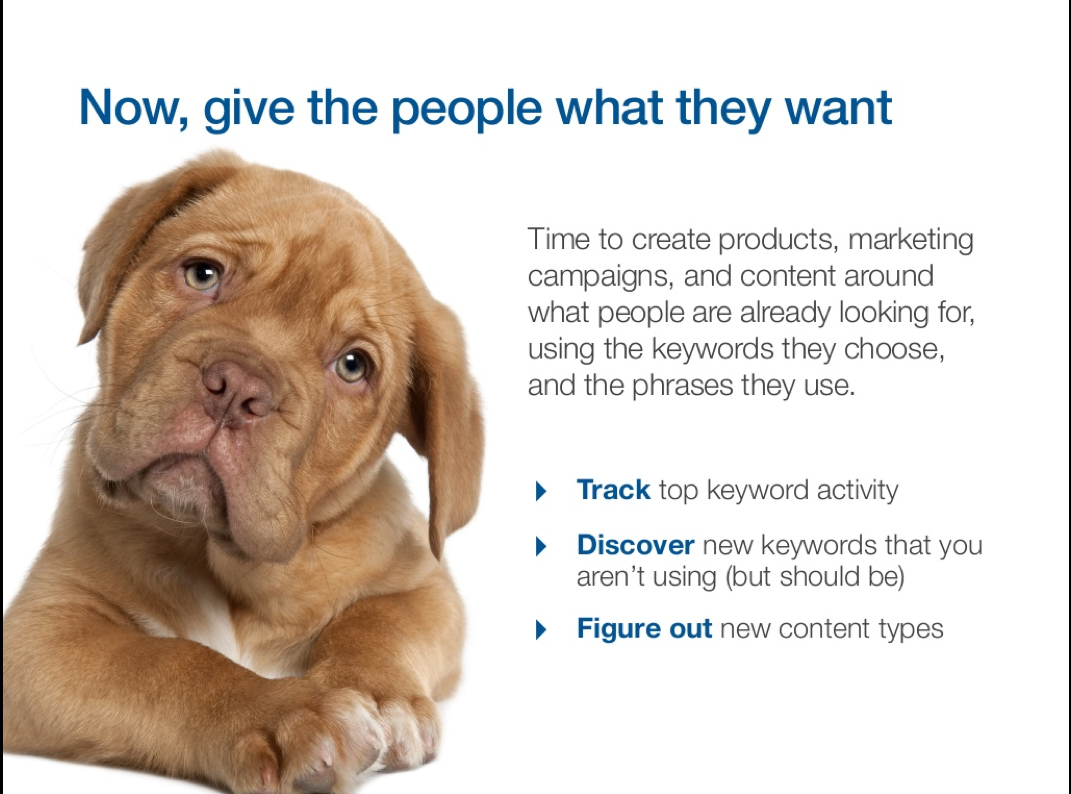As content marketing continues its momentum across the marketing landscape, SEO is no longer simply a way to fix website and content problems. Now, SEO is the magical ingredient added at the end of the marketing cycle to guarantee an organization’s investment in their content. Using SEO to optimize individual pieces of content has helped a lot of brands boost their findability and engagement and that’s a good thing. The bad thing is, they’re missing out on the opportunities and improved results made possible by adding SEO data and strategy into every phase of the digital marketing lifecycle. So, if you’re ready to take your content marketing and SEO partnership to the next level, read on.
SEO in the situation analysis phase
Since organic marketing is often the first way your audience is exposed to your brand, it makes sense to bring the SEO team in to analyze your current market position as you begin the strategic planning process. The search team has access to a variety of insights, including:
- Your top ranking keywords
- High ranking industry keywords
- Changing industry terms and topics
- Existing content that matches current trends
- Competitor insights – what they’re doing better and where they’re outranking you
- Keywords you aren’t using, but should
“Search data can include a lot of keywords and topics from adjacent topics or markets that you’re not currently using in content creation efforts, but should consider weaving into your product marketing conversations, your content creation conversations, and your overall strategic conversations,” recommends Erin O’Brien, President & COO, GinzaMetrics.

Creating a partnership with your SEO team at the beginning of any project insures that you’re making your decisions based on the best, most recent data and further insures the success of your future marketing campaigns and content efforts.
Search data for strategic marketing objectives and planning
It’s time to start thinking about SEO as a predictive tool, as well as a reactive one. In the strategic planning stage, SEO data can help you understand your audience, monitor changes in audience participation and behavior, and track changes in the industry and your competitors. Your SEO department has its finger on the pulse of your findability and can answer strategic questions, such as:
- What channels are most popular with your audience?
- What devices are audiences using?
- Where are audiences located?
- How is audience behavior changing?
- What audience behavior is not changing over time?
- What terms are audiences using?
- What content are they continuing to engage with?
- What types of content resonate?
For example, video content has been gaining in popularity for B2C and B2B businesses for a variety of purposes, including product overviews, instructional information, industry trends, and company positioning. Your SEO department can provide insight into your audiences, their preferences, and how they’re engaging with videos on your site. Getting insights like this up front will save you time and resources and allow you to target your efforts to those assets that are more likely to engage and delight your website visitors.

The excitement of starting a new campaign often triggers a knee-jerk reaction to create, create, create new content. Content creation is expensive, even if it’s performed in house. Here is an ideal place to get your SEO department involved. Before you start creating new content for a campaign or new product, use search data to identify content that already exists, but may need updating to reflect changes in industry terms. Your SEO department will have additional insight into where to share particular types of content or messages based on past channel and audience performance.
At this stage in the process, a common problem is the disconnect that happens when search and social data isn’t shared with all the marketing functions, advertising departments, sales teams, and product development personnel. The data collected by the SEO department should be shared freely across all departments as the genesis for strategic conversations.
“In larger organizations, the marketing department may change their content focus based on good search data. If that data isn’t shared, organizations run the risk of multiple, disconnected messages and audience confusion because the e-mail team won’t know to change subject lines or headers and the advertising department won’t use the same keywords for their ads,” notes Erin.
Where does SEO fit once the plan is put into action?
Once you’ve decided what content to create and where to distribute it, the data from your SEO department plays a crucial role in the actual content creation process. For each individual piece of content you plan to create, you’ll want to refer back to the keywords and topics identified through keyword and content discovery. Keep those topics and keywords in the forefront as content is created and published to keep messaging on point.
Before your content goes live, make sure you’re practicing good SEO by including all the back-end elements including good meta data, keyword identification, and more. Review your title and subtitles and make sure your topics and keywords appear in your very first sentences. Work with your SEO team to insure that you’re optimizing your content properly.
Once your content is live, your SEO team can monitor content performance and continuously optimize based on:
- Conversation trends
- Product and feature updates
- Competitor content
After a campaign is over, your SEO team can help you review the mediums, methods, and messages that were used and then overlay those against the same parameters from previous campaigns. Work with your search team to determine how keywords and content performed in the various mediums and methods you used to determine where to focus future efforts and resources. For a deeper dive into measuring content using the mediums, methods, and message technique, see the presentation by Erin here.

The content findability buck stops, well, everywhere
Who’s ultimately responsible for the findability of content once it’s created? Actually, everyone is. Everyone in the organization who is involved in content creation is also responsible for its ultimate success.
Working together to discover relevant keywords and topics, creating unique, interesting, and well-written and produced content, and then tracking that content and continuing to optimize it for findability, gives everyone a stake in the process and accountability for the outcome. It’s everyone’s job to make sure that the content is going well. Search and social should inform what content is created and content creators are responsible for following the SEO recommendations for topics and keywords.
If you’re basing your content on good data, creating quality content assets, and distributing in the right places, your audiences will find you. Don’t fall into the trap of creating content based on nothing, but give your audiences what they want and your SEO value will follow.

SEO in the campaign and content review process
The review-phase is a traditional, and obvious, place for SEO involvement. However, if you aren’t thinking of campaign review as a multi-stage process, you may not be getting all the SEO benefit otherwise available. Campaign reviews should be conducted at several stages, including:
- Before the campaign to determine the messaging topics.
- During content planning to decide which mediums and methods to use.
- During the campaign to monitor effectiveness and make adjustments.
- At the end of the campaign to review individual content performance.
- At the end of the campaign to review content and keyword group performance.
“Your SEO team will have some suggestions on how you could do it better next time, what could have gone differently this time, and possibly some suggestions for new keywords for an upcoming campaign based on the data they collected for the current campaign,” notes Erin.
Getting the most out of your SEO data may require a mind-set shift, from the practices that fix a problem, or one-time tactics, to viewing SEO as an integral part of the evolution of marketing campaigns and product development.

